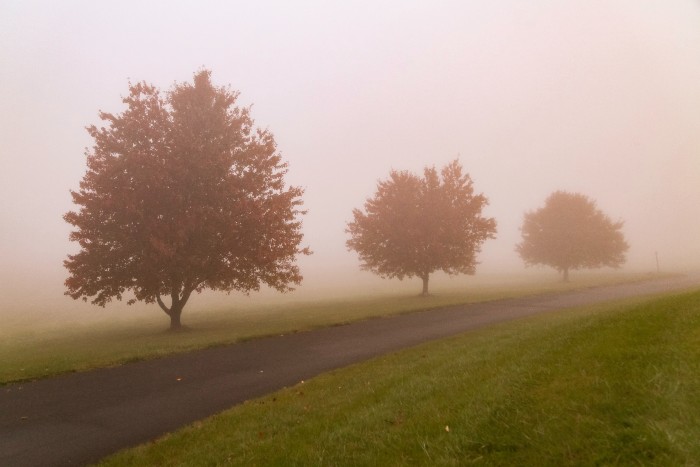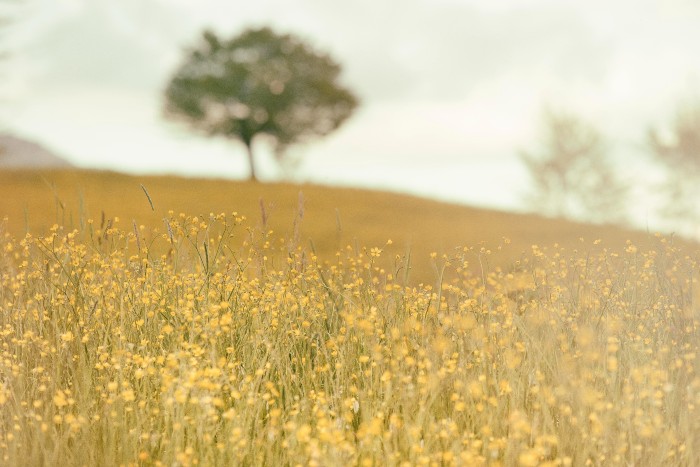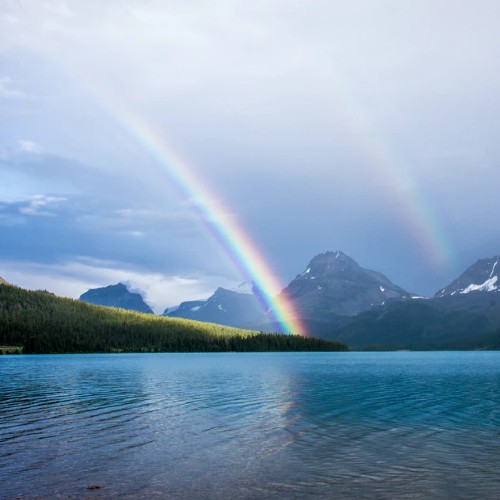
Tips for the most beautiful landscape photos
You know that vast, grand, expansive feeling you can get while walking in nature? You may want to hold on to that feeling and share it with others, but how can you properly convey the feeling in a photograph? Let us give you some tips below.
Composition | Balance | Layered image | Perspective | Depth of field | Contrast
Good composition is important when taking pictures, but it is an extra challenge in landscape photography. This is because the image in the photo is smaller than the total image as you see it with your own eyes. In addition, a photograph is a two-dimensional image and because of this it has no depth of its own. However, you can achieve this depth by deliberately choosing the right composition.
When determining the composition, it is important to find a good balance between the foreground and the surroundings. So it's good to choose a foreground that allows you to make the image more spacious. But without an object in the foreground, the image may look mostly flat. A simple way to create depth in your landscape photo is to use a river or road. After all, it always seems like a road or a river will take you somewhere. By playing with this in your composition, you can instantly create depth and draw the viewer into the image.
Photography is about searching for the right composition and settings and continuing to experiment. Take your time and shoot as many variations as you can.
.jpg)
Layers can make an image even more interesting. You can divide the image into several parts: the foreground, the centrepiece, and the background. There must be something to see in the foreground, centre and background. This is what draws the viewer into the photograph. Of course, it must also contribute to the final desired result and the theme of the photo. In a landscape photo, for example, fallen trees, shrubs, a shed or a water line make for interesting layers.
By looking at the landscape in line shapes, you can quickly achieve an attractive image and easily draw the viewer into the picture. Try seeing a row of trees, ditches in a meadow, and the horizon as lines. Lines automatically add depth to your photo. Shadows do this too, by the way. Especially when the sun is low, you often get interesting shadows and line play.
The perspective from which you photograph is very decisive for the final result. In general, you can assume that a higher viewpoint will give you more of an overview and a lower viewpoint will make you feel like you are standing in the landscape as a viewer. So it depends very much on the kind of landscape you are photographing and the result you want to achieve with your photo. It's wise to try out several options so you can choose the best effect later.
You definitely need to use your creativity. Sometimes you can gain more height by simply climbing a fence to get the perfect picture.


The right depth of field settings can also contribute to the feeling you want to achieve and is an added bonus to the points mentioned earlier. Setting the depth of field to infinity allows you to draw the viewer into the image. For example, use flowers, plants or animals in the foreground and focus on the area in the background. Everything in the foreground will blur and form a window to the image in the background. This gives a sense of depth to the image. Your attention will be drawn to the horizon. But this can also create a sense of distance. Focusing on the flowers, plants or animals in the foreground and letting the background fade away will give your image a slightly more personal feel.
A landscape is often full of colour and different shades of green and blue. Adding contrast to the image can make your photo more vibrant. By playing with dark and light, you can create depth at the same time. In addition, contrast can also create a natural line shape. You can also emphasise the brightness of colour tones. Contrast also allows you to easily create depth in your image.
The contrast can also be adjusted afterwards by editing your photo. Would you like to read more about that? Then check out our blog on editing photos in Photoshop.
Would you like to learn more, or find out more creative ways of photographing? Check out our other blogs!

One moment it's here, the other it's gone. Capture a beautiful rainbow on camera with these tips!